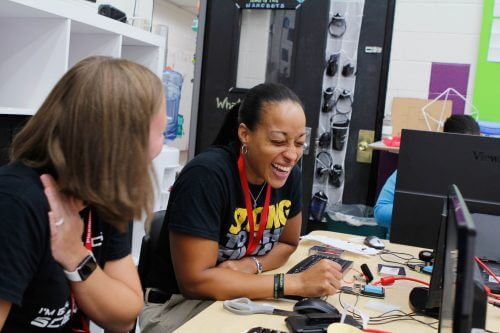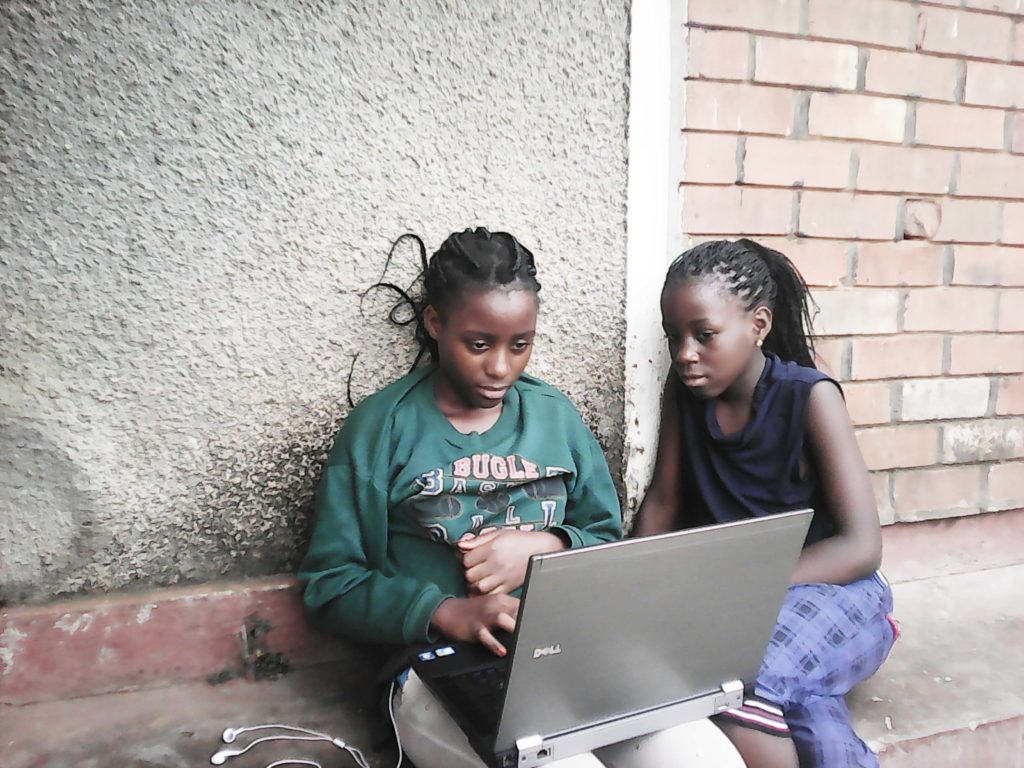Schlagwort: inclusion
-

Engaging Black students in computing at UK schools — interview with Joe Arday
Reading Time: 7 minutesOn the occasion of Black History Month UK, we speak to Joe Arday, Computer Science teacher at Woodbridge High School in Essex, UK, about his experiences in computing education, his thoughts about underrepresentation of Black students in the subject, and his ideas about what needs to be done to engage more Black…
-

Engaging Black students in computing at school — interview with Lynda Chinaka
Reading Time: 10 minutesOn the occasion of Black History Month UK, we speak to Lynda Chinaka, Senior Lecturer in Computing in Education at the University of Roehampton, about her experiences in computing education, her thoughts about underrepresentation of Black students in the subject, and her ideas about what needs to be done to engage more…
-

How can we design inclusive and accessible curricula for computer science?
Reading Time: 7 minutesAfter a brief hiatus over the Easter period, we are excited to be back with our series of online research seminars focused on diversity and inclusion, where in partnership with the Royal Academy of Engineering, we host researchers from the UK and USA. By diversity, we mean any dimension that can be…
-

Engaging Black girls in STEM learning through game design
Reading Time: 6 minutesToday is International Women’s Day, giving us the perfect opportunity to highlight a research project focusing on Black girls learning computing. Between January and July 2021, we’re partnering with the Royal Academy of Engineering to host speakers from the UK and USA to give a series of research seminars focused on diversity…
-

Universal design for learning in computing | Hello World #15
Reading Time: 7 minutesIn our brand-new issue of Hello World magazine, Hayley Leonard from our team gives a primer on how computing educators can apply the Universal Design for Learning framework in their lessons. Universal Design for Learning (UDL) is a framework for considering how tools and resources can be used to reduce barriers and…




